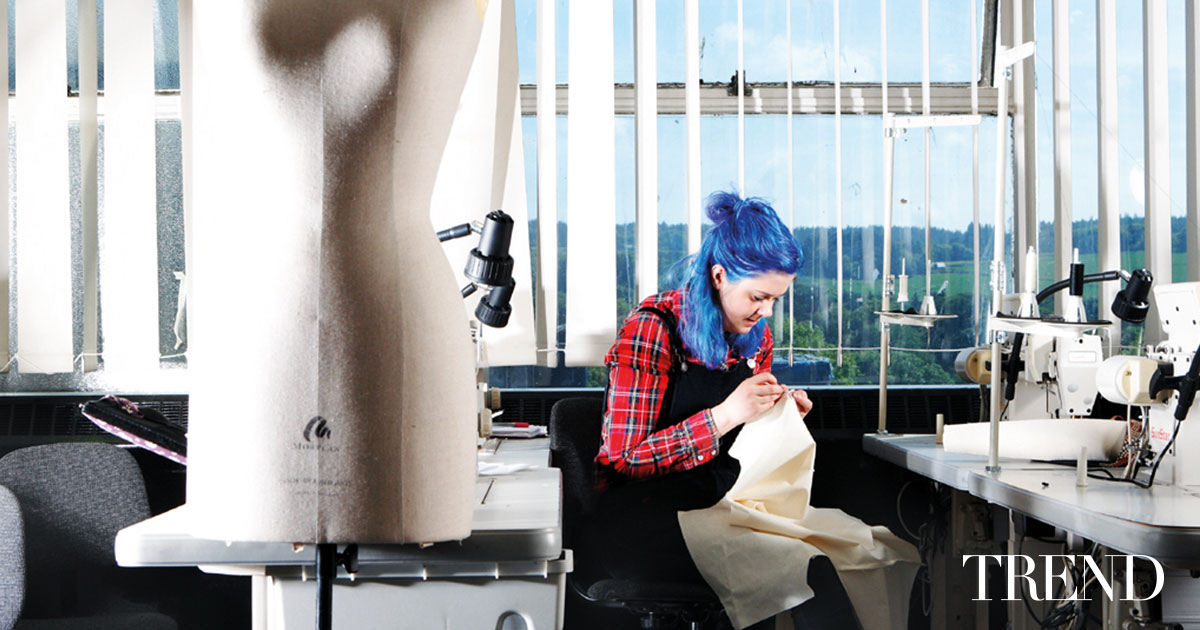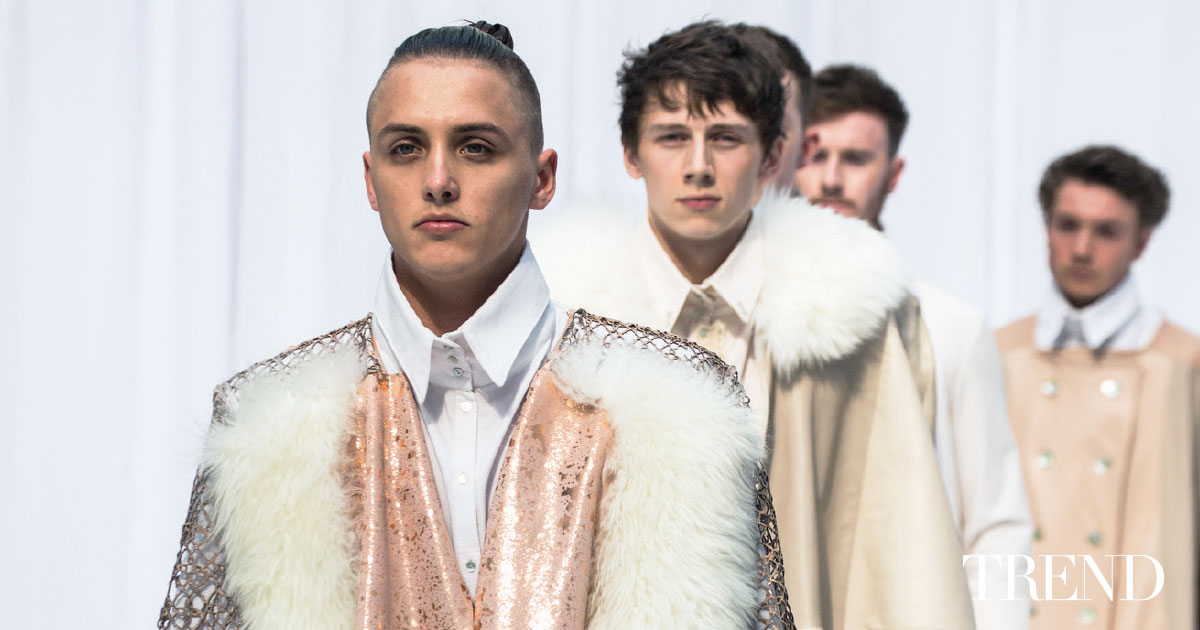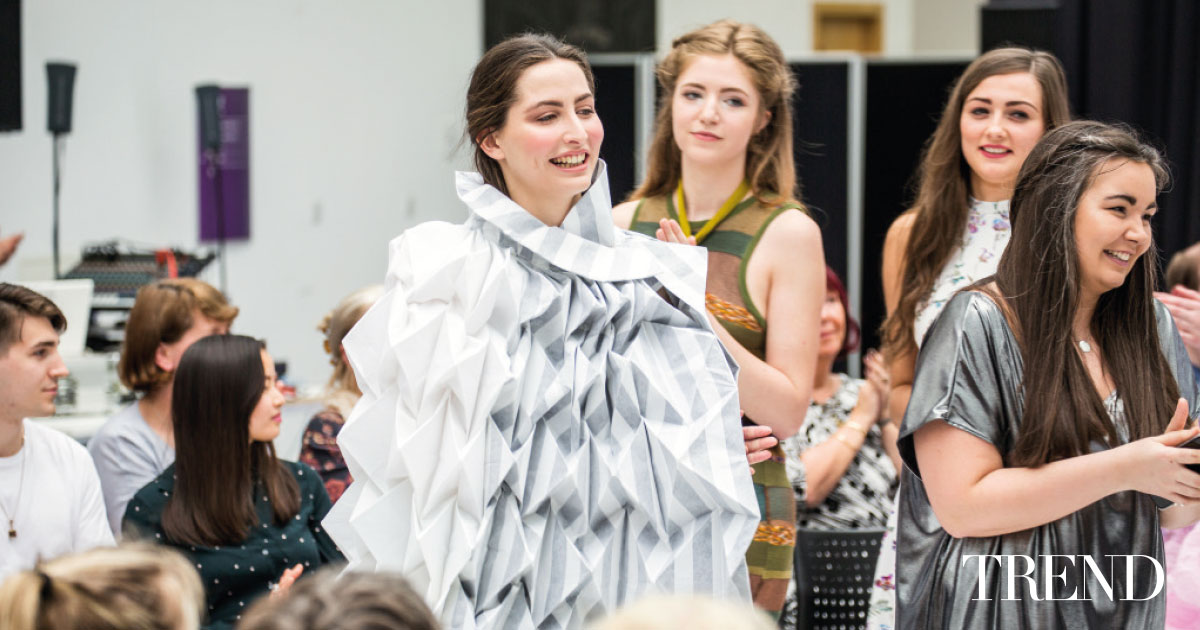Josie Steed, Fashion and Textile design course leader for Fashion & Textile Design at Gray’s School of Art, RGU shares what happens behind the curtains as this year’s graduates show their final year collections…
‘Fashion today is without doubt one of the most creative and dynamic influences which affects all aspects of our lives – culturally, politically, economically and socially’, Josie mused, ‘We are all touched by it.
‘This is the only course in Scotland that allows students to work on a combined programme where they can investigate both garment design and textiles. They develop a unique range of skills where they can choose how they wish to specialise, either within Fashion, Textiles or a combination of both. During the course, students work on industry-linked projects, European exchanges, internships, competitions and external events, while staff support students as they acquire technical and commercial skills including working with knit, print, mixed media, fashion illustration, garment construction, pattern cutting and professional practice. At the end of the course, we have 30-40 graduates taking part in the fashion show.



‘For their final collections, students develop their concept or idea starting point. This is incredibly diverse, taking inspiration from everything from mental health and asylums, to exploring clothing as gender related, to examining our relationship between tactile materials and autism, or patterns found in geology and minerals. The students then develop their research to visually translate and articulate their ideas. This may start on paper but will then be followed by material investigation and processes such as screen printing, knitting, or modelling on the stand. Toiles and samples are then generated which then help the students to develop a collection. There are always lots of samples made before developing a final piece. All aspects of fit and construction are resolved before the final pieces are then made into a six outfit collection for the catwalk. Fashion illustrations and photoshoots made into lookbooks finalise the collection for each student’s graduate portfolio.
‘Preparation for the show starts at the beginning of the academic year in September for the show in late May. Staff and students work together as part of the fashion show committee which includes students at all stages of the course. A lot of work goes into fund raising as the show costs in the region of £10,000 a year to stage. Students work hard to fund raise through a wide range of means from hosting club nights, bake sales, raffles, and corporate sponsorship. My colleague Salmena Carvahlo oversees the whole event. Once fittings are scheduled, model scouting and auditions take place. Local make-up artists, hairdressers and DJs very kindly support the collections, helping students create a head to toe look with appropriate music for each collection. The set is built the day before the first fashion show and students work as team to rehearse, dress and orchestrate the event back stage. After a number of rehearsals the show begins to an excited audience. The show opens with work from our second and third year students before the final collections are shown, and the whole event is filmed and photographed.
‘The students always describe the fashion show as the highlight of their four year experience. To see all their hard work, blood, sweat and tears appear as a final collection on the catwalk is exciting and exhilarating for them and gives them the chance to showcase their work to friends and family who have supported them throughout. Pieces can be purchased by contacting the student through the degree show catalogue, or through the department’.
You can see footage of the Graduate Fashion Show 2016 at: www.youtu.be/PVk-5y46Kxs
Images: © Martin Parker at the Gatehouse